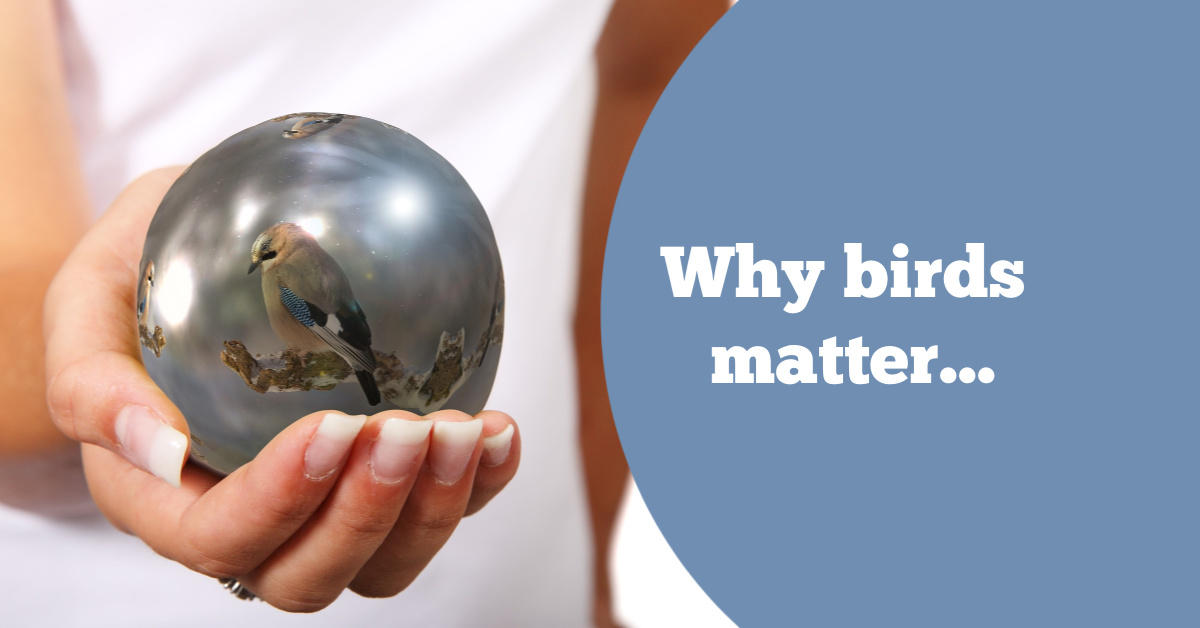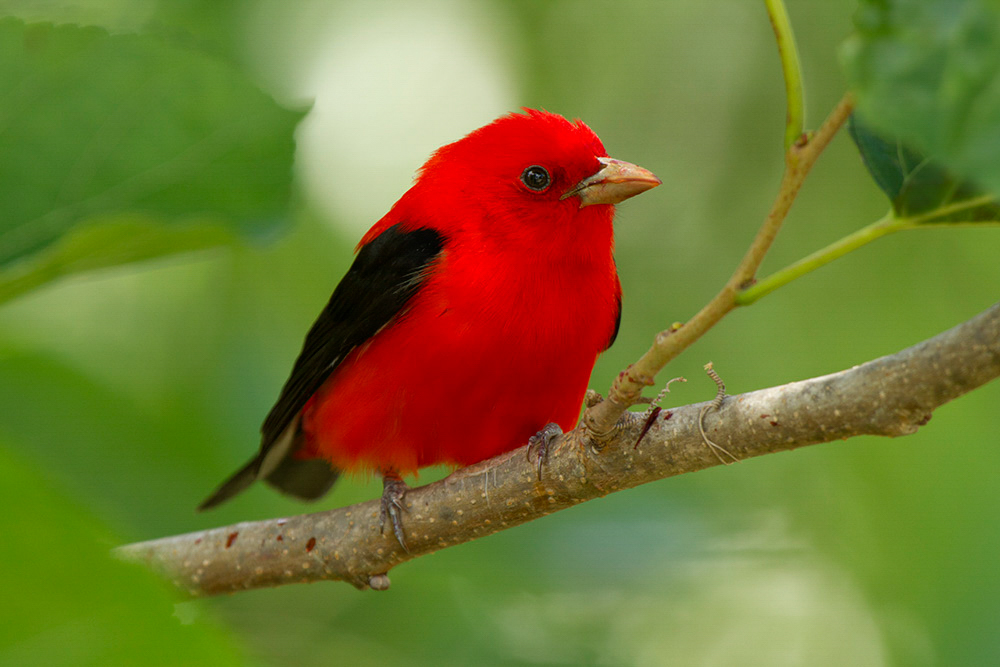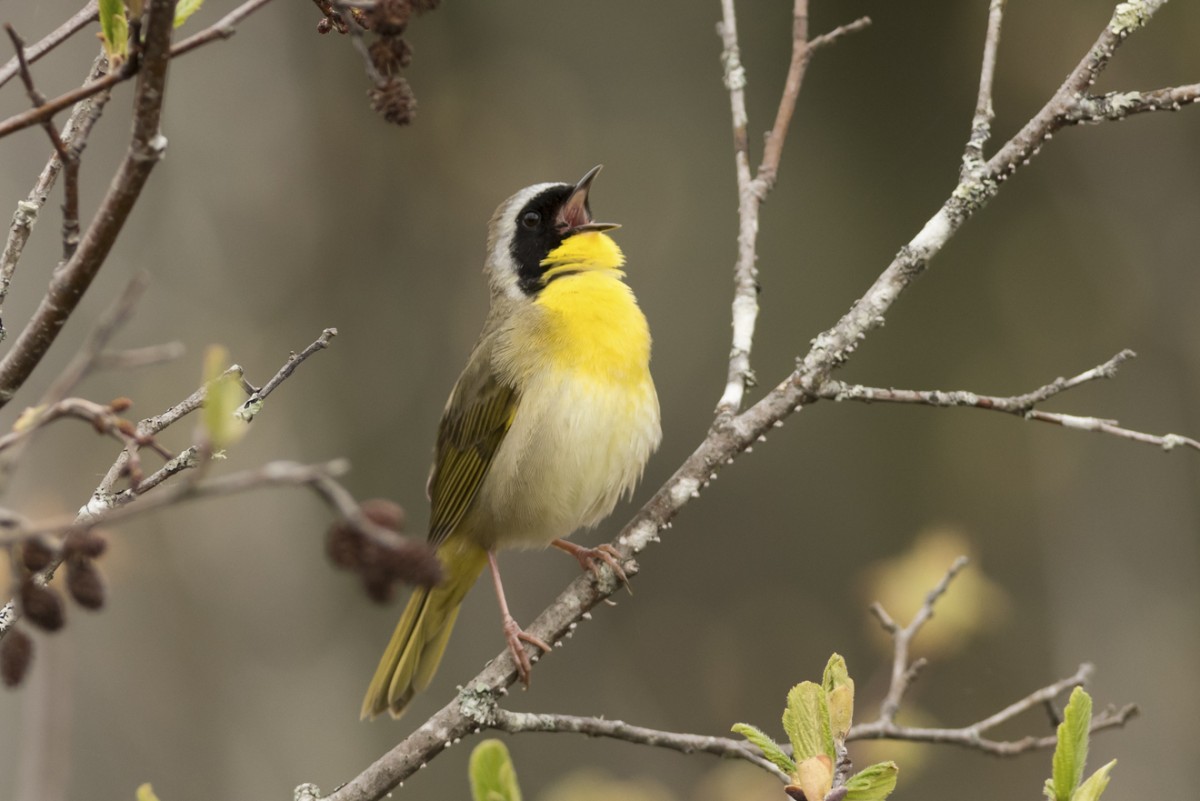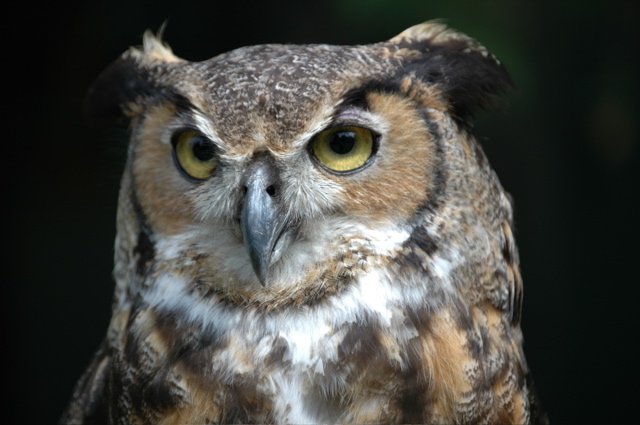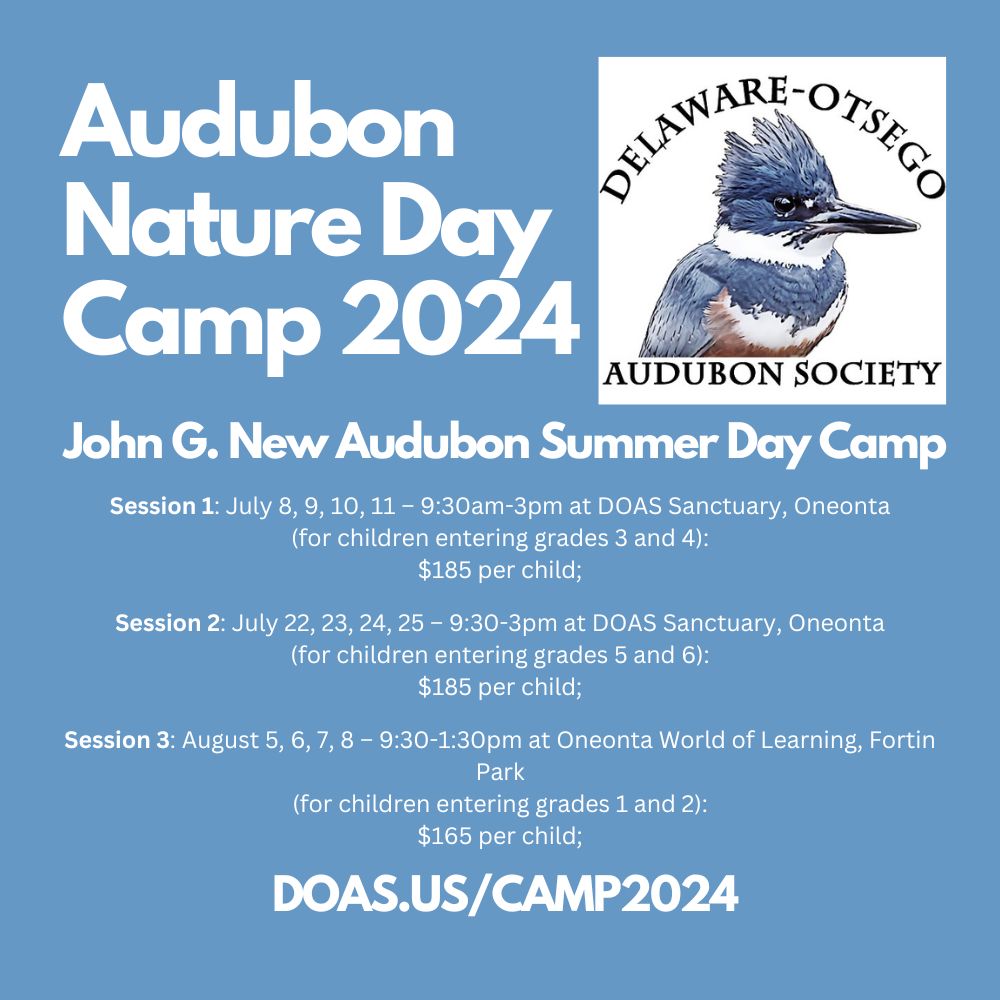Published in the Albany Times Union on February 21, 2020
https://www.timesunion.com/opinion/article/Get-the-lead-out-mdash-now-15075297.php
N.Y. wildlife dying from ingesting toxic ammunition
By Andy Mason, DOAS Co-President
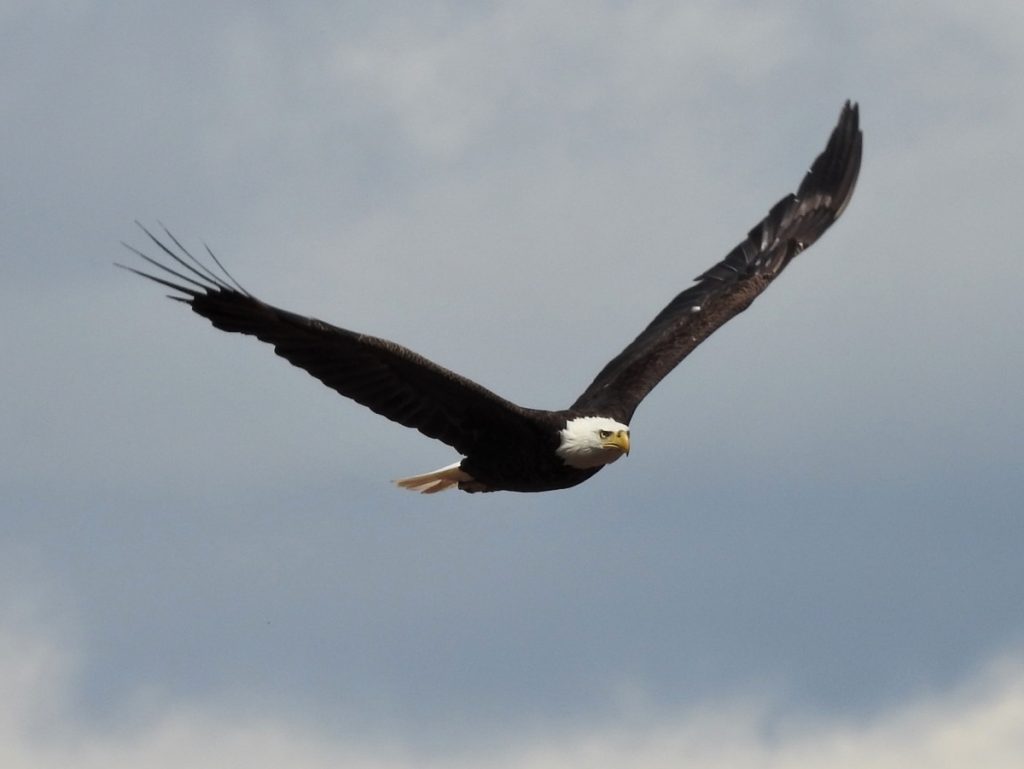
Featured Image: Bald Eagle: Photo by Shirley Salton
In early January, the NY State Dep’t. of Environmental Conservation sent out a press release with photo–carried by news outlets around the state–including an item relating the rescue of a Bald Eagle from the shore of a creek by Environmental Conservation Officers in Otsego County. The bird, which was unable to fly, was transported to a wildlife rehabilitator for treatment.
While the DEC personnel are to be commended for their concern and actions, the untold ‘rest of the story’ reflects badly on the agency’s upper echelon staff and particularly Commissioner Basil Seggos.
The eagle died shortly after reaching the rehabilitator, with the diagnosis lead poisoning. In fact the bird had a blood level off the testing scale. Almost certainly it had ingested lead fragments from wounded wildlife—likely a deer—or from a gut pile left in the field by a hunter. Wildlife rehabilitators report a spike in lead poisoned animals reaching them following big game
season. Studies of the isotopes, or fingerprints, of lead connect the poisoning with ammunition.
Lead has largely been removed from the environment—lead paint, lead in plumbing, lead fishing sinkers, lead in gasoline have all been phased out due to toxicity. Ammunition remains as the only significant source of this material.
In 2016 a Bald Eagle fitted with a tracking device was treated for lead poisoning and released in Delaware Co. It moved only a few hundred yards over the next three weeks before dying, unable to hunt. Although treated, the neurological damage had been done. A fragment of lead the size of a grain of rice is sufficient to kill an eagle. The previous year a Golden Eagle with high lead blood levels was found dead in Schoharie Co.
The problem extends beyond NY. A recent story in the Bangor, Maine Daily News reported that in the first two weeks of January, five sick eagles were rescued from locations throughout the state and admitted to a wildlife rehabilitation center. All five birds had elevated levels of lead in their blood. Within days, four of the birds died.
This is just the tip of the iceberg. Most dead and dying eagles end up on the wider landscape, undiscovered and unreported. It’s doubtful that even 10% are ever found. Lead poisoning may well be the leading cause of death of these iconic birds.
To add to the tragedy of the Otsego Co. eagle and other birds, these deaths were avoidable. Non-toxic alternatives exist for hunters that are ballistically equivalent or superior to lead. This is not an anti-hunting issue. The vast majority of hunters are responsible and would not want their activity to endanger other wildlife and certainly not eagles. There is precedent for changing ammunition: waterfowl hunters now use non-toxic shot after lead was found to be poisoning loons and other birds.
Although regional DEC staff and the wildlife rehabilitator did all they could, Commissioner Seggos and his agency continue to turn their heads away from this issue. Other than a few modest informational efforts, DEC has done little to address lead poisoning in wildlife and the associated threats to humans who consume venison (a further failure by the Dep’t of Health).
Even DEC’s own law enforcement personnel still use lead bullets.
Highly recommended is a short video produced by the Delaware-Otsego Audubon Soc. that tells this story through the voices of hunters and their families. It is linked at www.doas.us, and is recommended viewing for anyone concerned with the well-being of our national bird.
As Carrol Henderson, a 59-year Minnesota hunter has said, “Ammo should not kill twice . . . Adapting to nontoxic ammo is not a threat to hunting traditions. It is an opportunity for hunters to take a leadership role in reclaiming their image as America’s conservationists by switching to
nontoxic ammo. It’s the right thing to do.”
Andrew Mason
Past Chair, Audubon Council of NY State
Past President, NY State Ornithological Assoc.

